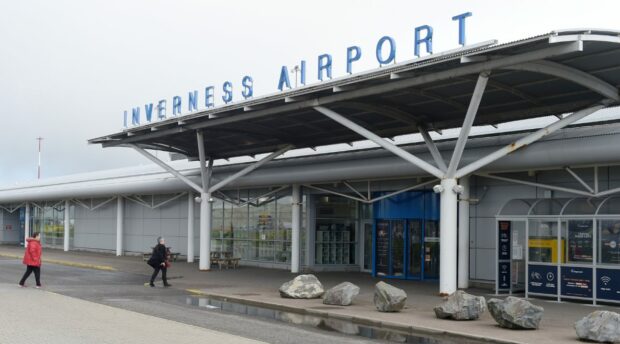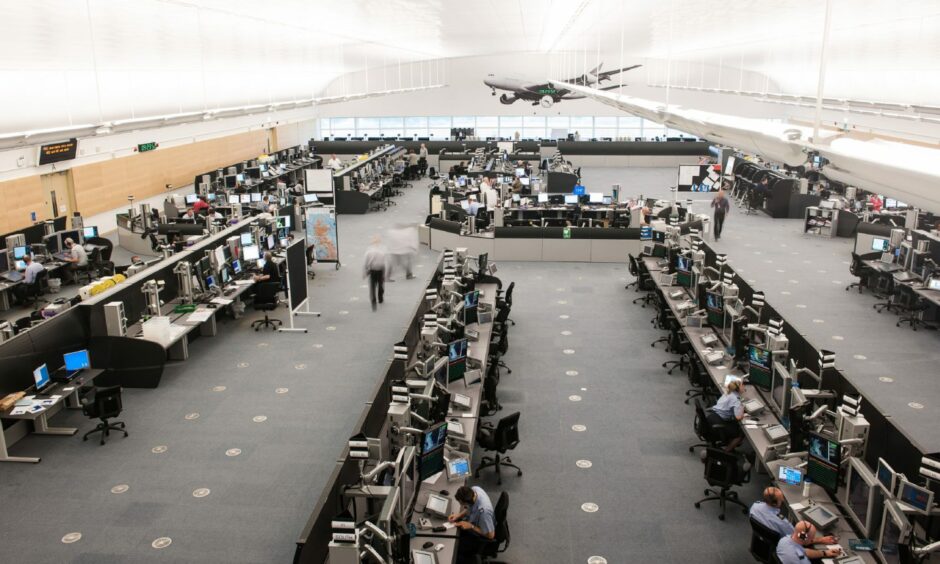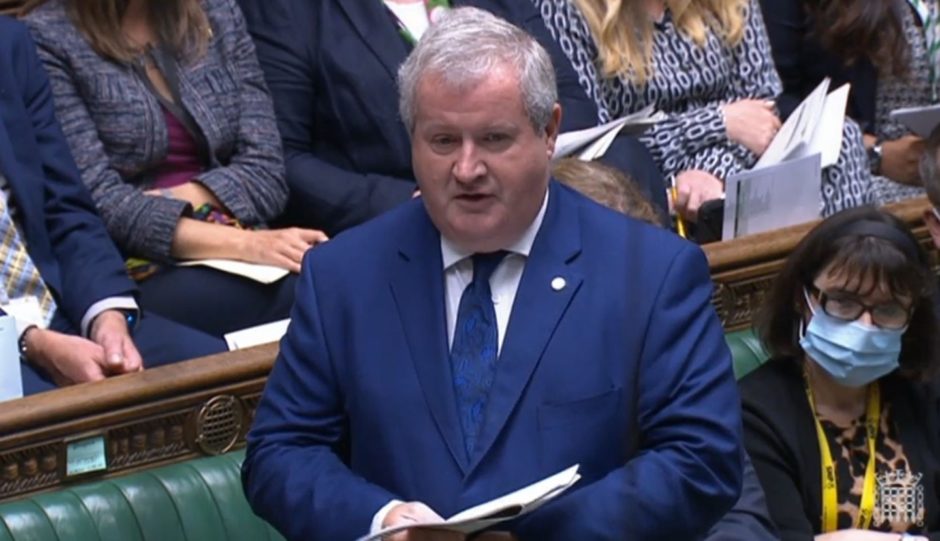Air traffic control giant NATS has denied it gave the go-ahead for a Moscow-bound private jet to take-off from Inverness the day after Russian flights were banned from the UK.
The company, formerly known as National Air Traffic Services, said “no clearance” was given on February 26 for the hugely controversial trip.
However, NATS also insisted its approval was not required because the flight plan was “compliant”.
The statements have added to confusion surrounding the flight, which became the subject of a spat between SNP Westminster leader Ian Blackford and UK Transport Secretary Grant Shapps.
The remarks are also at odds with the version of events given by Scottish Transport Secretary Michael Matheson and Highlands and Islands Airports Ltd (HIAL).
Mr Matheson said the flight “was given clearance by NATS” because it complied with the sanction regime that was in place at that point.
Inverness airport operator HIAL said confirmation was sought and received from NATS Centre at Prestwick that “the aircraft could depart”.
‘Compliant’
The NATS statement that the flight plan was “compliant” also appeared to contradict a claim from Mr Shapps that the “airfield in question (Inverness) failed to comply” with the restrictions.
The flight from Inverness Airport is one of only two from the UK since the restrictions were introduced in the wake of Russia’s invasion of Ukraine.
This is factually incorrect. The guidance (NOTAM) was issued on Friday 25 Feb 2022 at 21:00 GMT to ALL aviation (inc. UK AIRPORTS). It is always the responsibility of Aviation to check NOTAMs before flight. A further alert was sent Sat to remind aviation of that duty. https://t.co/VXTXZycEsF
— Rt Hon Grant Shapps MP (@grantshapps) February 28, 2022
A Notice of Air Missions (NOTAM) had been issued banning all scheduled services operated by aircraft owned, operated, leased or registered in Russia in UK airspace on Friday, February 25.
But the next morning, an Estonian-registered jet operated by private charter firm Panaviatic left Inverness for Moscow.
‘Gut wrenching’
The trip, which raised concerns about potential loopholes in the restrictions. was branded “gut wrenching” on social media by Mr Blackford.
HIAL has said that the handling company at Inverness had “liaised with UK agencies to satisfy themselves the flight could depart”.
A spokesman added: “Additionally, on the day of departure – and in line with the requirements of the NOTAM – the air traffic controller on duty at Inverness, also sought and received confirmation from NATS Centre at Prestwick who are responsible for Transatlantic traffic that the aircraft could depart.”
NATS, however, has now said: “Due to the flight having a compliant flight plan, no clearance to operate the flight was given by NATS nor required to be given by NATS for the flight to depart from HIAL.”
Mr Blackford, the SNP MP for Ross, Skye and Lochaber, tabled a series of parliamentary questions at Westminster about the flight and the way the restrictions were communicated to HIAL.
In response, Robert Courts, parliamentary under-secretary at the UK Government’s Department for Transport, appeared to put the blame on Inverness Airport.
He said: “A NOTAM was issued at 21:00 on 25 February informing all aviation stakeholders of the new strengthened restrictions.
“It is the responsibility of all aviation, including HIAL and Inverness Airport, to check NOTAMs.”
Mr Blackford said the problem was with the system, however, and called for lessons to be learned.
“Tory ministers have now admitted that flights to Russia did leave the UK, after they claimed flights had been stopped,” he said.
“It’s simply not good enough to pass the buck onto airports, when this was a failure of the UK system.
“Instead of washing their hands, Tory ministers must answer why NATS permitted two flights to Russia despite the new regulations in place, and we must be able to have confidence that these same mistakes will not be made again – particularly given the risk that dirty money and goods could be transported out of the country.”


